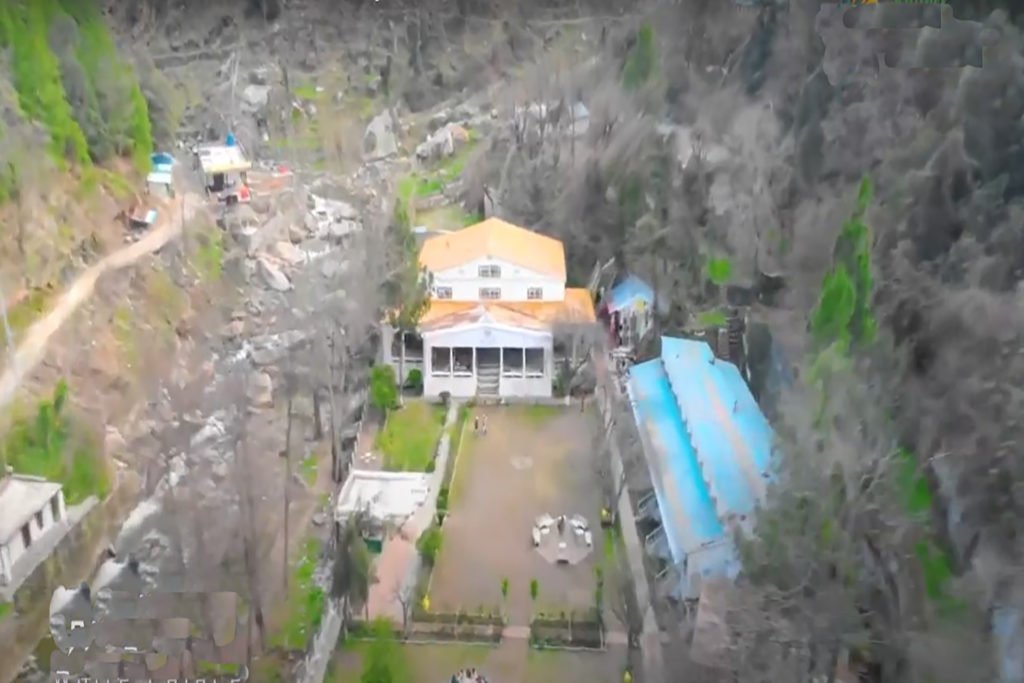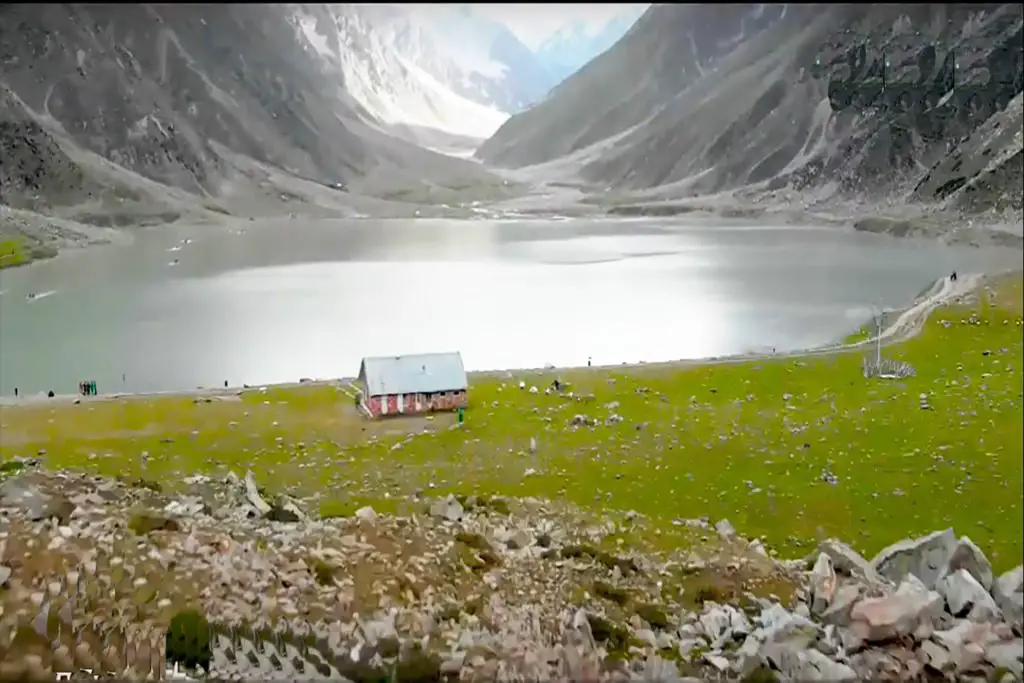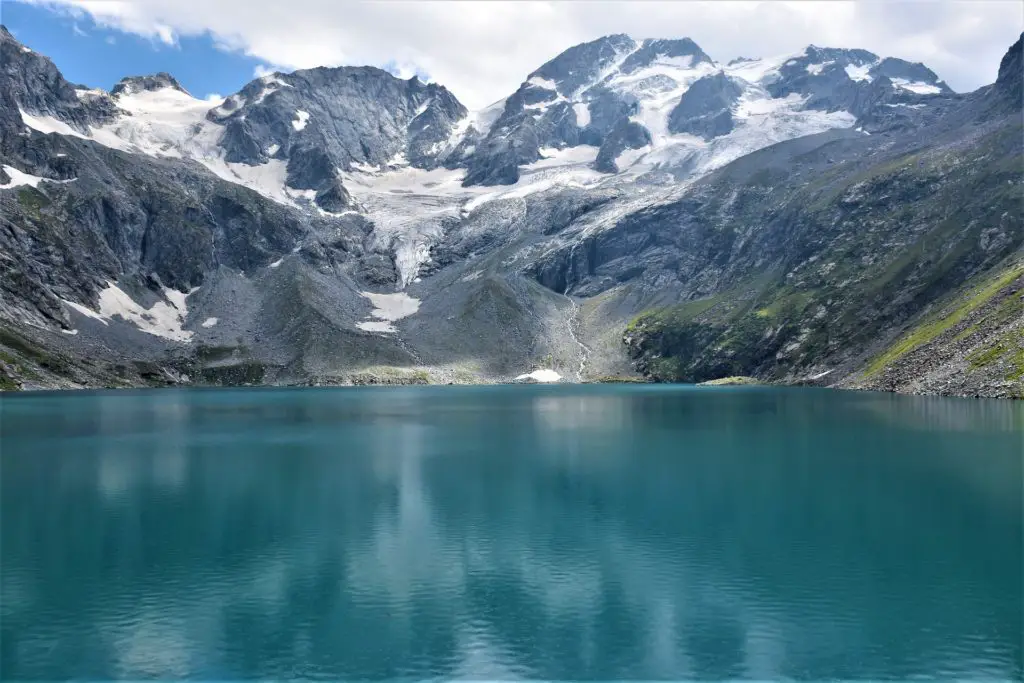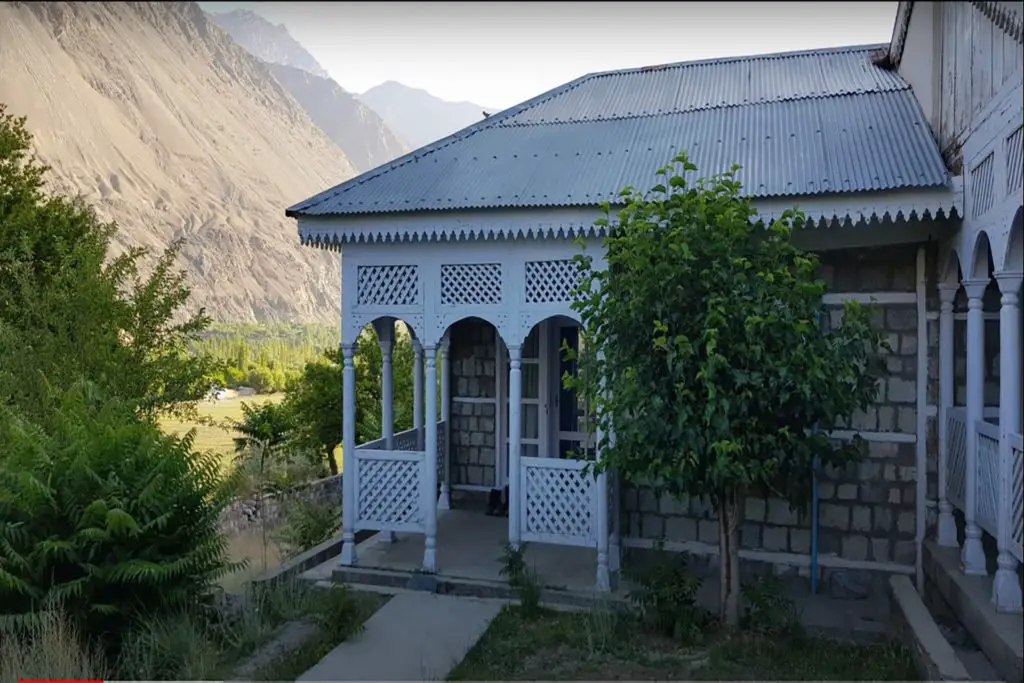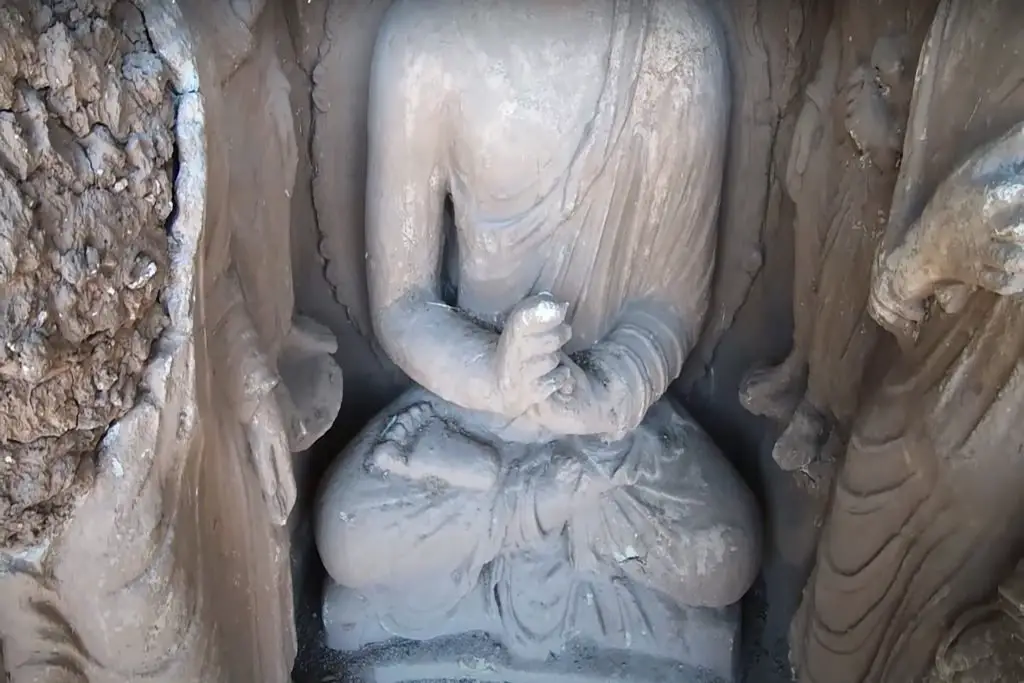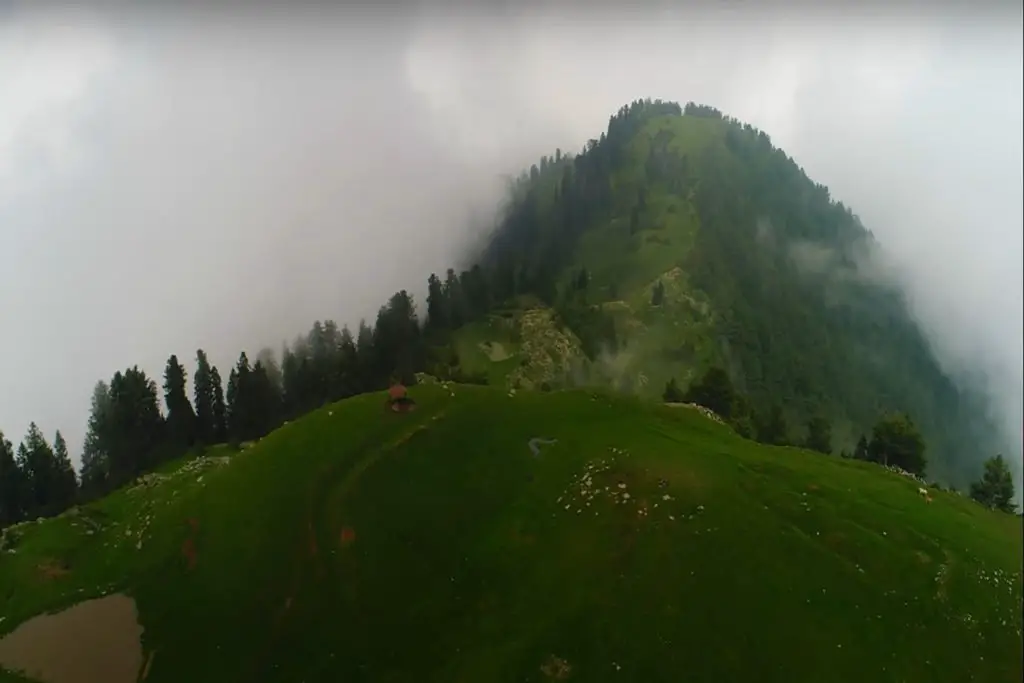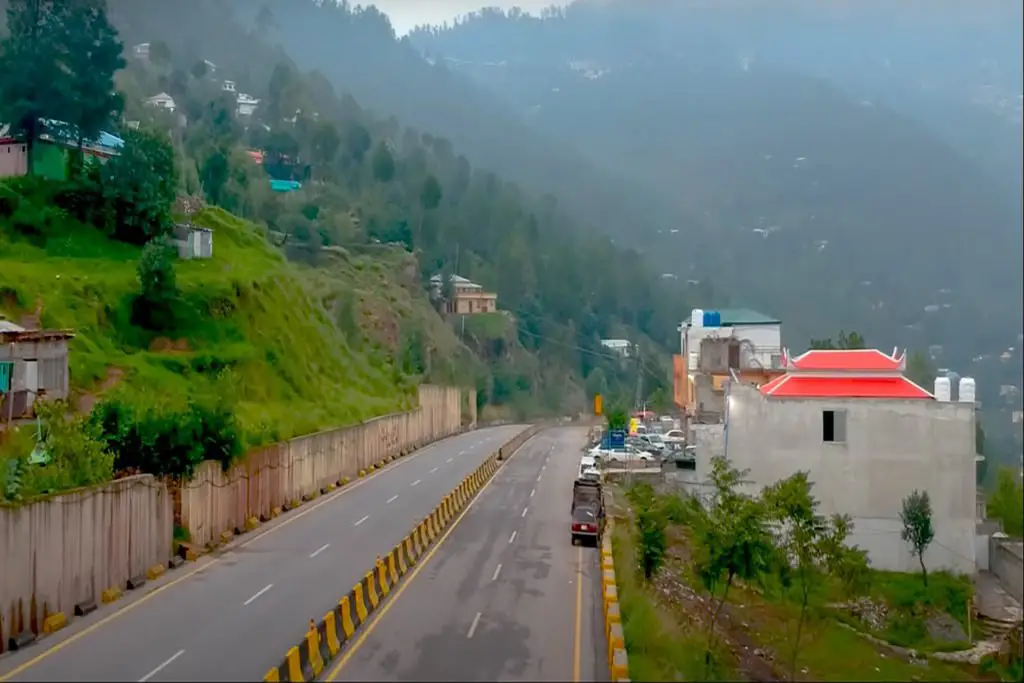The construction of the Marghazar White Palace Swat took place in 1940 under the initiative of the inaugural King of Swat, Miangul Abdul Wadud (Badshah Sahib), situated in the quaint Marghazar town approximately 13 kilometers away from Saidu Sharif.
This palace acquired its name due to its primary construction material, white marble. Interestingly, it underwent three name changes; initially known as Swati Palace, followed by Motti Palace, and eventually becoming the White Palace. Presently, it functions as a hotel.
The White Palace in Marghazar originally served as the summer residence for the Wali of Swat, Miangul Jehanzeb. Positioned at an elevation of 7,136 feet above sea level on the Marghazar hill, it was later transformed into a popular tourist destination.
History of White Palace Swat
Back in 1935, the lush and picturesque scenery left a profound impression on the then King of Swat, Miangul Abdul Wadud (Badshah Sahib), compelling him to establish a summer retreat in this idyllic location. The king commissioned the import of marble from Agra, bronze from Belgium, and artisans from Turkey to conceive and construct the palace, ultimately finishing it in 1941.
Originally named the Swati Taj Mahal, it underwent several name changes, including Moti Mahal, and is now referred to as Sufaid Mahal, which translates to the White Palace. Furthermore, the palace was adorned with carefully selected plant and animal life, effectively transforming it into a miniature zoo and botanical garden. A magnificent 200-year-old china tree stands tall, offering a natural canopy for visitors to enjoy.
Structure of White Palace Marghazar
The Marghazar White Palace offers 24 spacious and fully furnished rooms, including the Royal Suite (formerly known as the Royal Bedroom), where Queen Elizabeth II of the United Kingdom and Prince Philip, Duke of Edinburgh, spent three days in 1961.
The palace boasts two grand conference halls, historically used for cabinet meetings by King Abdul Wadood. The royal entrance hall provides a captivating view of the garden lawn, while the royal veranda on the right side offers a serene perspective of the meandering stream.
On the left side of the palace stands the Lord’s Block, featuring six rooms designated for ministers and councilors. Moving upward, you’ll find the eight-room Prince Block, nestled among the trees and shrubs. Ascending further leads to the twelve-room Queen’s Block.
King Abdul Wadood, having two wives, thoughtfully constructed this block, ensuring that each wife had three rooms, three servants’ quarters, and a separate lawn. The design mirrored the first wife’s area for the second wife. Overlooking the lawn is a charming balcony with marble benches and a table adorned with intricate grape-themed engravings.
Raw materials used in White Palace
The material for the White Palace was sourced from Jaipur, India, the same quarry that supplied marble for the construction of the Taj Mahal in Agra. Instead of cement, chuna (lime) was utilized as a binder due to its high compactness, making it suitable for drilling. The architecture boasts ceiling heights of 30-35 feet, ensuring added structural strength and effective heat dissipation. Remarkably, the ceiling fans imported and installed in 1941 are still in operational condition.
Following the passing of Wadud of Swat, the ownership of the palace was transferred to Miangul Asfandyar Amir Zeb, and it is currently owned by Miangul Shahriyar Amir Zeb. The White Palace has undergone a transformation into a hotel and now stands as a prominent tourist attraction during the summer months.
White Palace Swat Height
Perched at an elevation of 7,000 feet above sea level within the Swat Valley, atop the Marghazar hill, this hotel provides a breathtaking vista and exceptional hospitality.
Constructed from the same stone as the renowned Taj Mahal, the statue, towering at 35 feet, was originally named the Swati Taj Mahal but is currently referred to as the Sufaid Mahal.
The splendid White Palace is an emblem of regal architecture set against the backdrop of the verdant Marghazar Valley, ready to enchant tourists from the moment they set foot on its expansive lawn.
Marghazar White Palace Swat Location
The White Palace graces the banks of a revered stream, originating from Mount Elum, a place where Ram Chandra Jee Maharajah spent three years in Banr Bass (a hermit’s life), imparting sanctity to the site in Hindu tradition.
Given the captivating landscape, it comes as no surprise that Miangul Abdul Wadood, also known as Badshah sahab and the first ruler of the modern state of Swat, made the decision to construct a regal summer retreat in 1935 at this location.
The pristine white marble used in this construction was sourced from a marble quarry in Jaipur, India, the very same quarry that supplied the marble for the majestic Taj Mahal.

